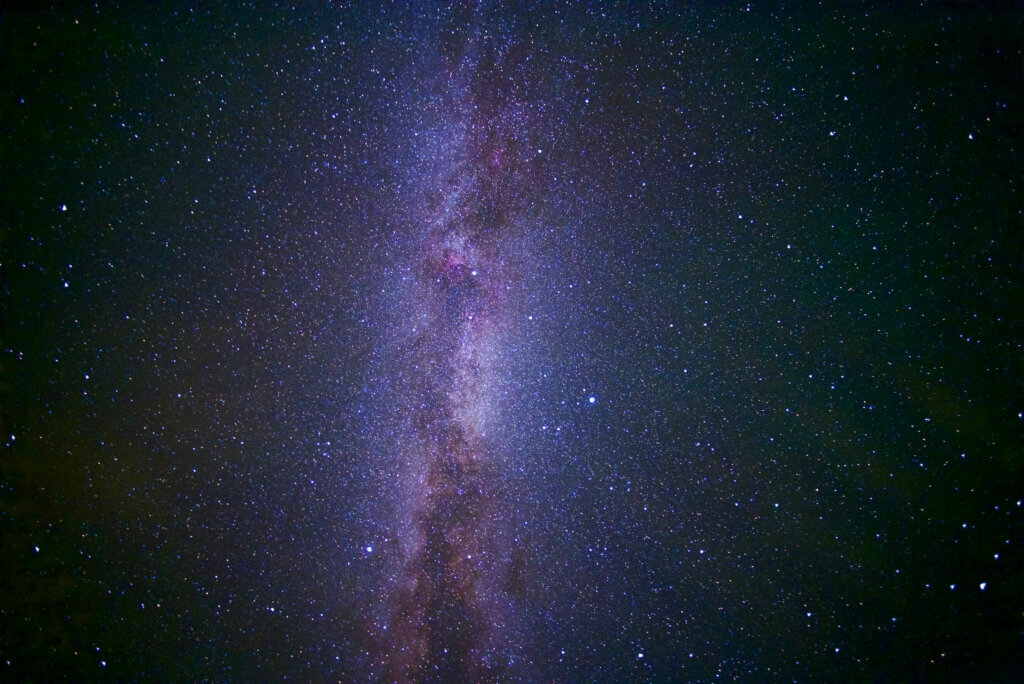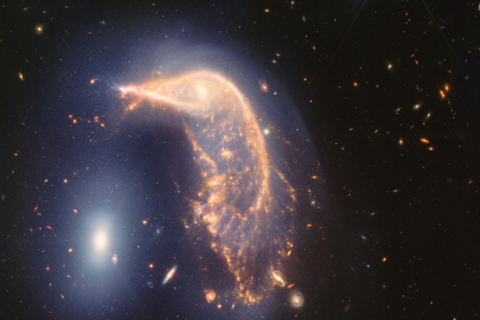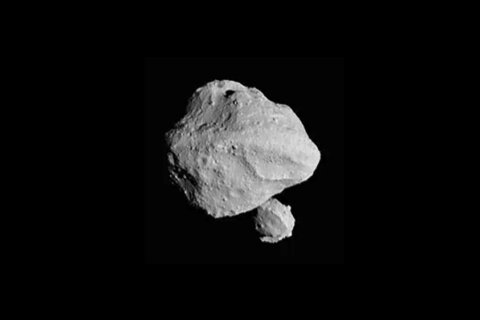
With 2020 now halfway through, July offers some celestial respite starting this weekend.
A hard-to-see lunar eclipse and planets aplenty await your gaze. Be sure to keep up social distancing, and wear a mask from your viewing location.
The Fourth of July marks Earth’s farthest distance from the sun for the year, known as aphelion. (The Earth is closest to the sun in January, known as perihelion.)
The full buck moon will undergo a penumbral lunar eclipse on July 5. Get more of the details of this very hard-to-see shading of the moon from this article by Sky and Telescope. Try using binoculars or a telescope to see the eclipse at maximum.
The full buck moon will be keeping Jupiter and Saturn company in the sky on July 5. Jupiter is the brighter of the two, with Saturn being to the lower left of the “King of the Planets.” Binoculars will show the four main moons of Jupiter, which you can identify through this app.
Jupiter and Saturn will be in D.C.-area skies all night in July as both planets will be at opposition, or directly opposite the sun and rising at sunset. Jupiter is at opposition on July 13; it’s July 20 for Saturn. Be sure to enjoy watching these two gas giants through the summer.
Not to be outdone, Mars rises at about 1 a.m. in the east and immediately captures attention due to its orange color and brightness. Mars will be getting much brighter in the coming months until October, when it is closest to Earth.
NASA is planning on launching its next Mars Rover, Perseverance, this month. The rover will be carrying the first-ever drone to be deployed on another planet, and will be searching for signs of ancient life on Mars. Pretty exciting!
Finishing the planetary parade is bright, beautiful Venus, rising in the east and visible low on the horizon around 4:30 a.m. Venus is in the beautiful winter constellation of Taurus the Bull, and will be very near the bright star Aldebaran on July 11. The glorious Pleiades star cluster is just above Venus. The planet will be getting higher in the predawn sky in the coming weeks and months.
To round out these sky-viewing pleasures, there’s a difficult to see but bright comet very low on the northeastern horizon in the predawn sky. Comet C/2020 F3 (NEOWISE) will barely be above the horizon, so binoculars really will help.
The comet will enter the skies at dusk mid-month and may become far easier to see. Only time will tell as comets are just like cats — who knows what they will do.
If you’re lucky enough to enjoy dark skies, in mid-July when the moon is absent from the sky after sunset, look for the grand Milky Way arching across the sky from the south to the north. Our home galaxy is a spectacle to see in the summer and not to be missed when in dark-sky locations.
Follow my daily blog to keep up with the latest news in astronomy and space exploration. You can email me at skyguyinva@gmail.com.







